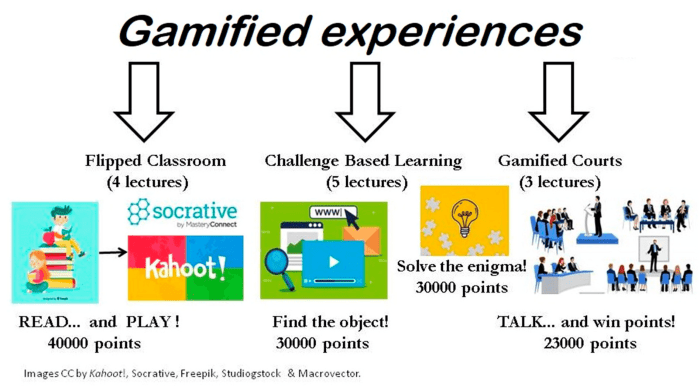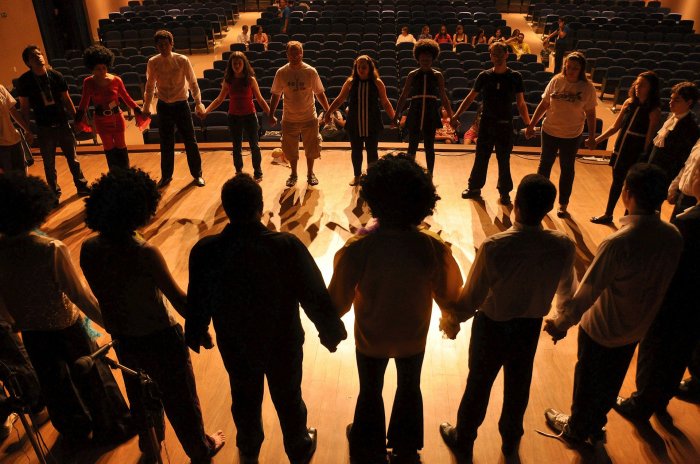Common goals of lighting design are verisimilitude and atmosphere, and these two elements take center stage in this comprehensive exploration. Lighting design contributes to creating a sense of realism in a space, known as verisimilitude, while also establishing a specific mood or atmosphere.
This introductory paragraph provides an overview of the topic, highlighting the importance of lighting design in shaping the perception and experience of a space.
Lighting design encompasses a wide range of techniques and considerations, all aimed at achieving the desired effect. From natural and artificial light to color, intensity, and direction, lighting designers have a vast array of tools at their disposal. This exploration delves into these elements, providing insights into how lighting design can transform a space, evoke emotions, and create a truly immersive experience.
Verisimilitude
Lighting design plays a crucial role in creating a sense of realism in a space. It enhances the believability of a scene or environment by replicating the natural patterns and characteristics of light.
Natural light, with its dynamic changes throughout the day, provides a realistic and immersive experience. Artificial light, when carefully controlled and integrated, can supplement or replace natural light to achieve similar effects.
Techniques for Achieving Verisimilitude
- Directional Lighting:Using light sources that mimic the sun’s position and angle creates shadows and highlights, adding depth and realism to a space.
- Color Temperature Control:Matching the color temperature of light sources to the time of day or specific natural light conditions enhances the illusion of realism.
- Light Falloff:Gradually reducing the intensity of light as it travels through space mimics the natural falloff of light from a light source, creating a more realistic effect.
Atmosphere
Lighting design is essential for establishing a specific mood or atmosphere in a space. By manipulating color, intensity, and direction of light, designers can create a wide range of emotional experiences.
Warm colors, such as red and orange, evoke a sense of coziness and warmth, while cool colors, such as blue and green, create a more calming and refreshing atmosphere.
Examples of Lighting Designs for Different Atmospheres
- Calming Atmosphere:Soft, diffused lighting with low intensity, often using warm colors, creates a relaxing and serene ambiance.
- Energetic Atmosphere:Bright, high-intensity lighting with cool colors, such as blue or white, stimulates activity and alertness.
- Romantic Atmosphere:Dim, warm lighting with soft shadows creates an intimate and romantic setting.
Types of Lighting

| Name | Purpose | Examples |
|---|---|---|
| Ambient Lighting | General illumination of a space | Ceiling fixtures, recessed lighting |
| Task Lighting | Focused illumination for specific activities | Desk lamps, under-cabinet lighting |
| Accent Lighting | Highlighting specific features or objects | Picture lights, track lighting |
Design Considerations

- Space Function:The purpose of the space, such as a living room, office, or retail store, influences the lighting requirements.
- User Needs:The specific needs of the users, such as visual comfort, safety, and productivity, must be considered.
- Architectural Features:The size, shape, and architectural elements of a space impact the placement and distribution of light.
Lighting Control: Common Goals Of Lighting Design Are Verisimilitude And Atmosphere

Lighting control systems allow for the adjustment and automation of lighting. This enhances flexibility, energy efficiency, and user convenience.
Control Methods, Common goals of lighting design are verisimilitude and atmosphere
- Manual Control:Using switches or dimmers to adjust light levels manually.
- Automatic Control:Using sensors to adjust light levels based on daylight availability, occupancy, or other factors.
- Programmable Control:Using pre-set schedules or scenes to control lighting.
Lighting Trends
Current trends in lighting design include:
- Smart Lighting:Integration of lighting systems with smart home technology for remote control and automation.
- Energy-Efficient Technologies:Use of LED and OLED lighting fixtures to reduce energy consumption.
- Innovative Lighting Fixtures:Development of new and unique lighting fixtures with advanced features and aesthetic appeal.
Essential Questionnaire
What is verisimilitude in lighting design?
Verisimilitude in lighting design refers to the creation of a sense of realism in a space through the use of lighting. It involves using natural and artificial light to enhance the illusion of reality and make the space feel more authentic.
How does lighting design create atmosphere?
Lighting design creates atmosphere by manipulating the color, intensity, and direction of light. Different lighting techniques can evoke different emotions and create specific moods, such as calmness, energy, or romance.
What are the different types of lighting used in design?
There are three main types of lighting used in design: ambient lighting, task lighting, and accent lighting. Ambient lighting provides general illumination, task lighting focuses on specific areas for activities, and accent lighting highlights architectural features or decorative elements.